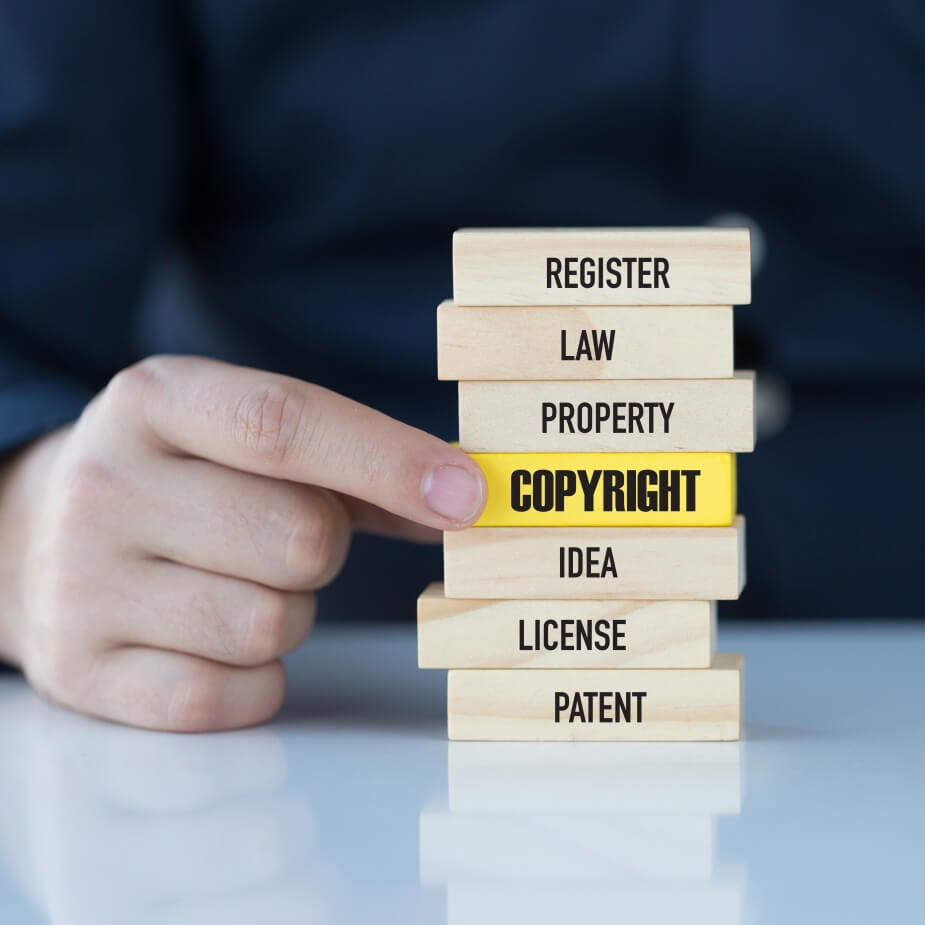Introduction to Intellectual Property Rights
Branding is one of the most important aspects of any business. A brand is a unique design, symbol, words, or a combination of these, used to create an image that identifies a product and differentiates it from its competitors. It can take considerable time for a company to build strong brand recognition and customer loyalty (goodwill) in its branded products and as such, it is vital that a competitor is not able to take advantage of this.
Intellectual property (IP) rights exist to protect a company’s products, brand and reputation. Property rights in these matters are a form of intangible property, comprising the legal right to stop others using the owner’s property without permission. English law provides for two general categories of IP rights, registered and unregistered. Registered rights are granted after applying to an official body, such as the UK Intellectual Property Office. Unregistered rights arise automatically and provide protection against copying or use of the right, but these can be very difficult to enforce.
Why should I protect my brand?
Registering IP will in most cases give the owner exclusive rights to a brand’s name, logo and/or product. Furthermore if the owner runs a start up business or is looking for external funding, investors will often want security that the brand or product benefits from some form of IP protection. This is often seen on the popular TV series “Dragon’s Den”where entrepreneurs pitching for investment are quite often declined due to the lack of IP protection their products hold. In particular, where details of the product have been made public, business owners can lose the right to patent their product or protect it in other ways. The legal rights in IP can be transferred between parties, licensed to other parties and can even be mortgaged or used as security and therefore IP rights can provide a commercial and financial advantage to businesses. There are also tax relief schemes available such as the Patent Box and Research and Development Relief which both serve to reduce a company’s corporation tax bill through the exploitation of IP rights.
Types of IP rights
Registrable rights
Trade marks: A trade mark can be registered for a name and/or a logo for a particular brand. A trade mark can even be registered in respect of sounds (e.g. Direct Line’s jingle) or smells (e.g. a brand of tyres smelling of roses!). Registration gives its owner the exclusive right to use the mark in relation to specified classes of goods or services forever, however the registration must be renewed every 10 years. Trade mark registration also provides an owner with a cause of action against those who use a sign that is identical or similar to the mark registered.
Patents: A patent protects new inventions and covers how things work, what they do, what they are made of and how they are made. Patents convert these new inventions into tangible commercial assets that can last up to 20 years. Ultimately, a patent grants its owner with a monopoly right to use the invention and prevents competitors from copying, manufacturing and selling the invention.
Registered design right: These protect the overall visual appearance of a product (e.g. the design of a lamp) and gives the owner a monopoly right to use and benefit from the design commercially in the geographical area in which it is registered. This right can last for a period of up to 25 years from registration.
Unregistrable rights
Passing off: The law of passing off enables a business to defend itself from someone who is trying to take unfair advantage of the trading reputation it has through using its name or selling goods in say, identical packaging. Where a company does not have a registered trade mark, then passing off is usually the alternative option available, although sometimes difficult to prove.
Unregistered design right: Limited rights to protect three-dimensional shapes of articles arise automatically under the Copyright Designs and Patents Act 1988 and under European legislation. This right can last between 10 and 15 years and serves to prevent commercial copying of articles.
Copyright: Protects original work that is literary, dramatic, musical or artistic, including sound recordings, films or broadcasts, and also includes entities that combine a mixture of these such as websites. Copyright gives the owner the exclusive right to reproduce, distribute, perform or adapt the original work. In most cases, copyright lasts for the life of the creator plus 70 years thereafter.
Confidential information: Certain information can be so crucial to the success of a business that a Company will keep it as a genuine trade secret. A Company can rely on the law of confidentiality to protect against unauthorised disclosure of certain information and this principle can be extended indefinitely.
As can be seen, there are several different kinds of rights that can be used to protect a brand. Some forms of protection will be more suitable for a business than others, but in general, it’s always advisable for a business to register its IP rights, so that it’s in a much stronger position in the event of infringement.
If you’d like to learn more about intellectual property and brand protection, or about the different ways in which you can make the most of your IP, please contact our Company Commercial team.
Please note the contents of this blog are given for information only and must not be relied upon. Legal advice should always be sought in relation to specific circumstances.

